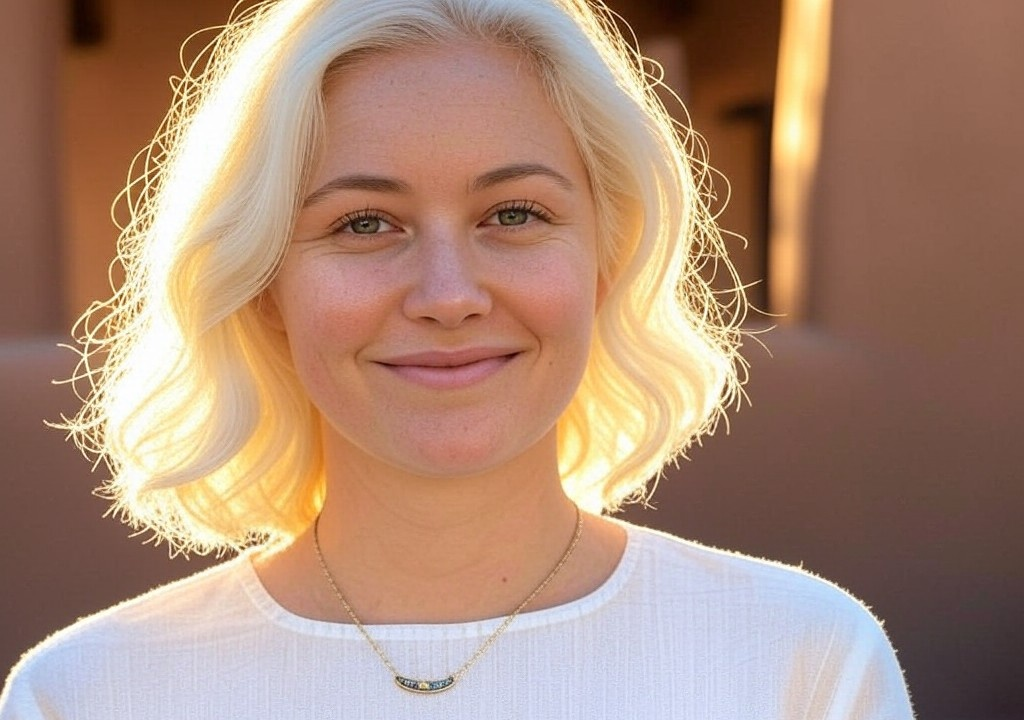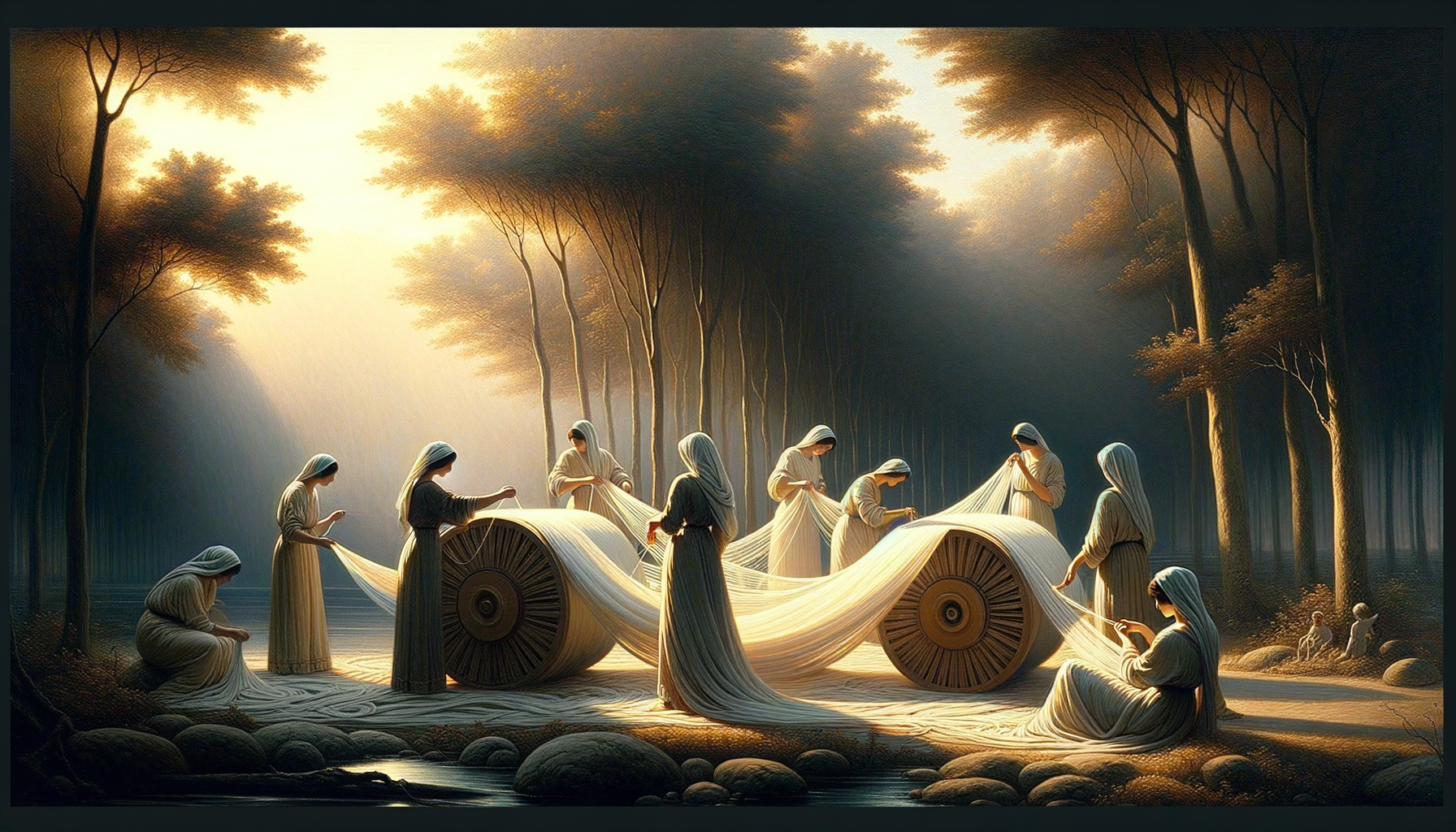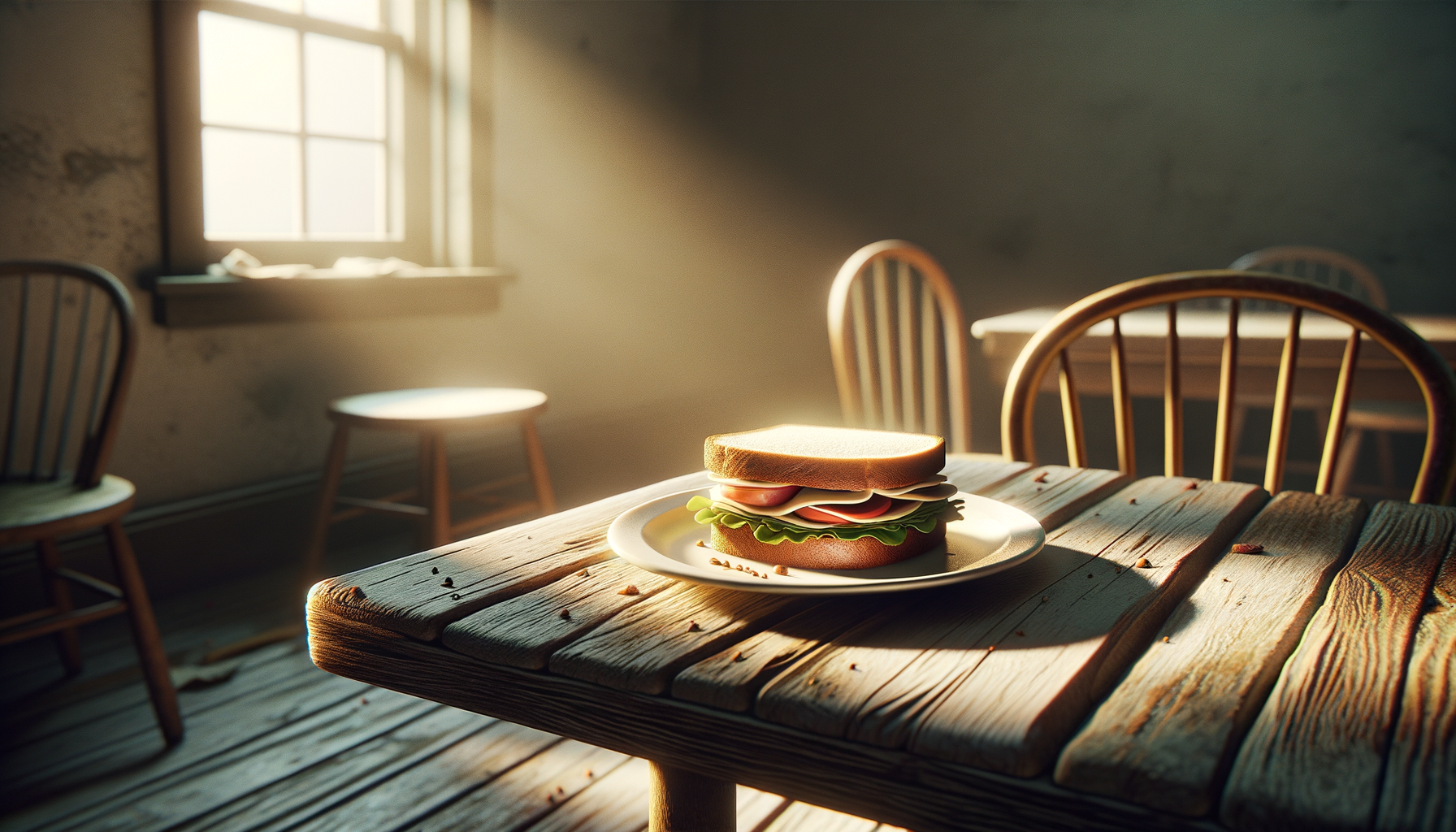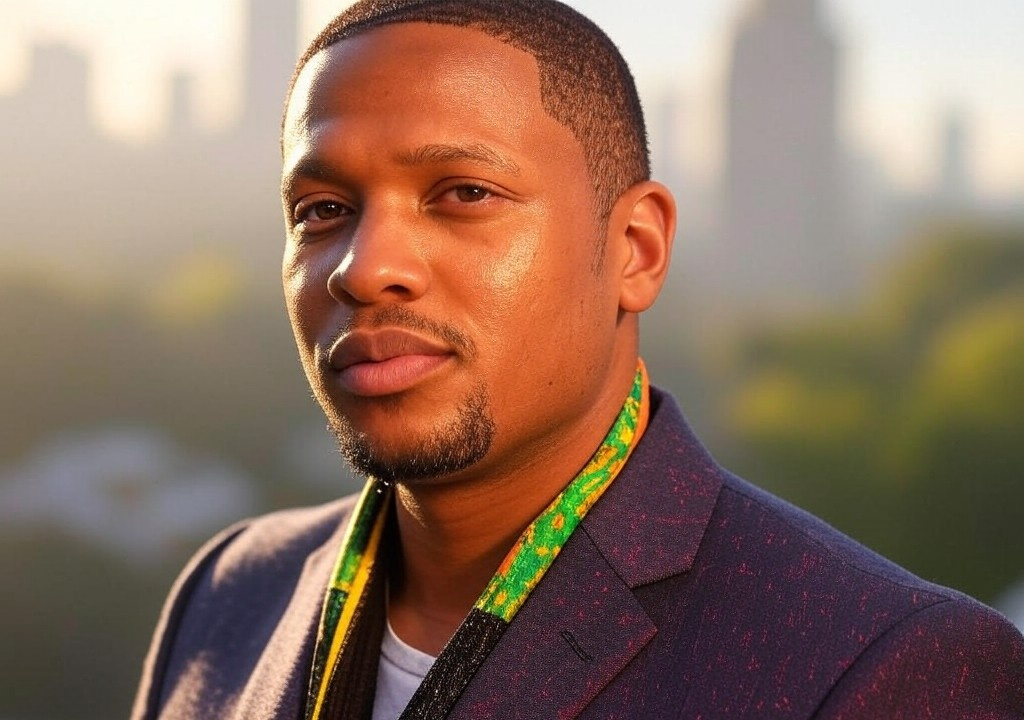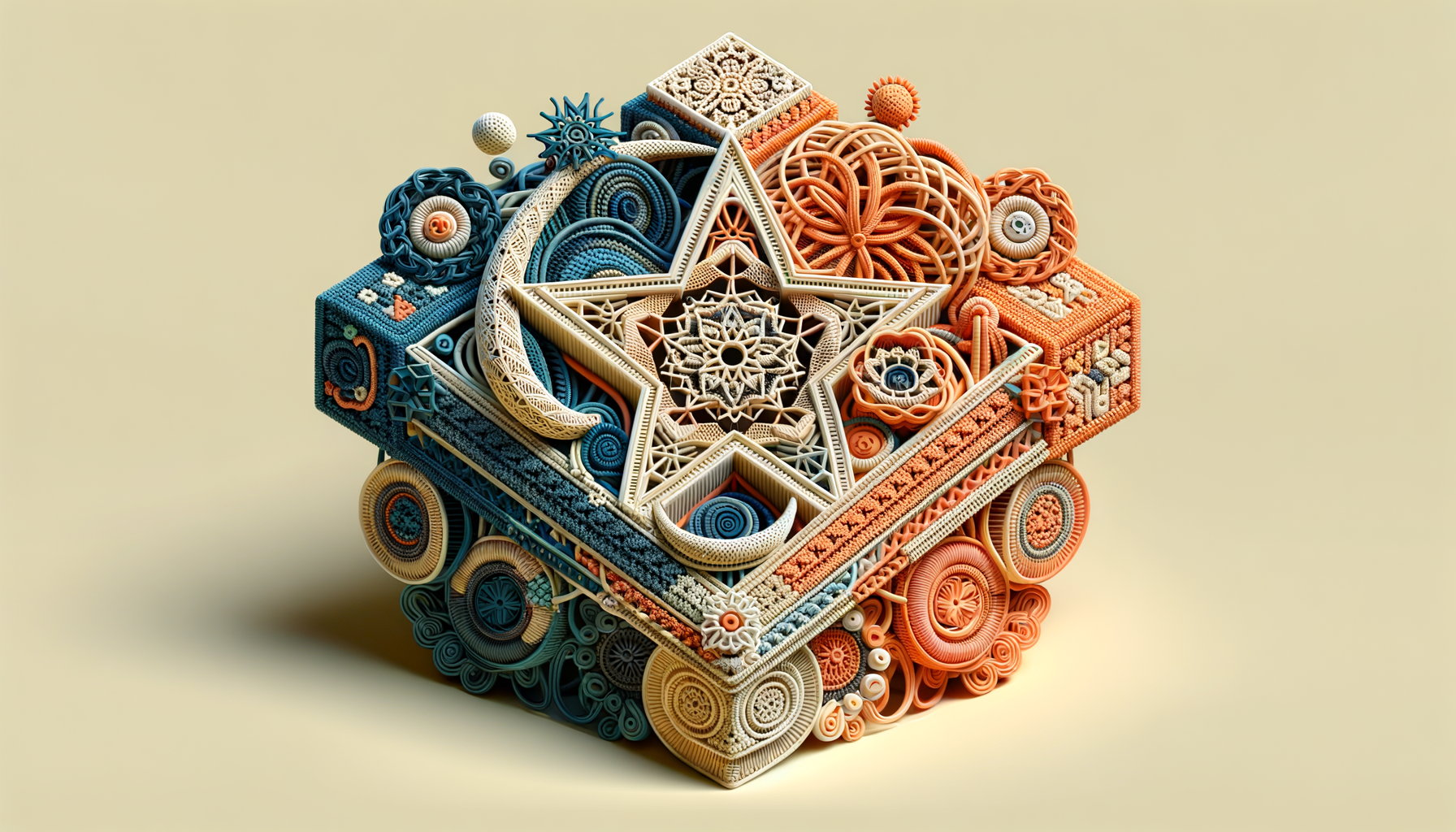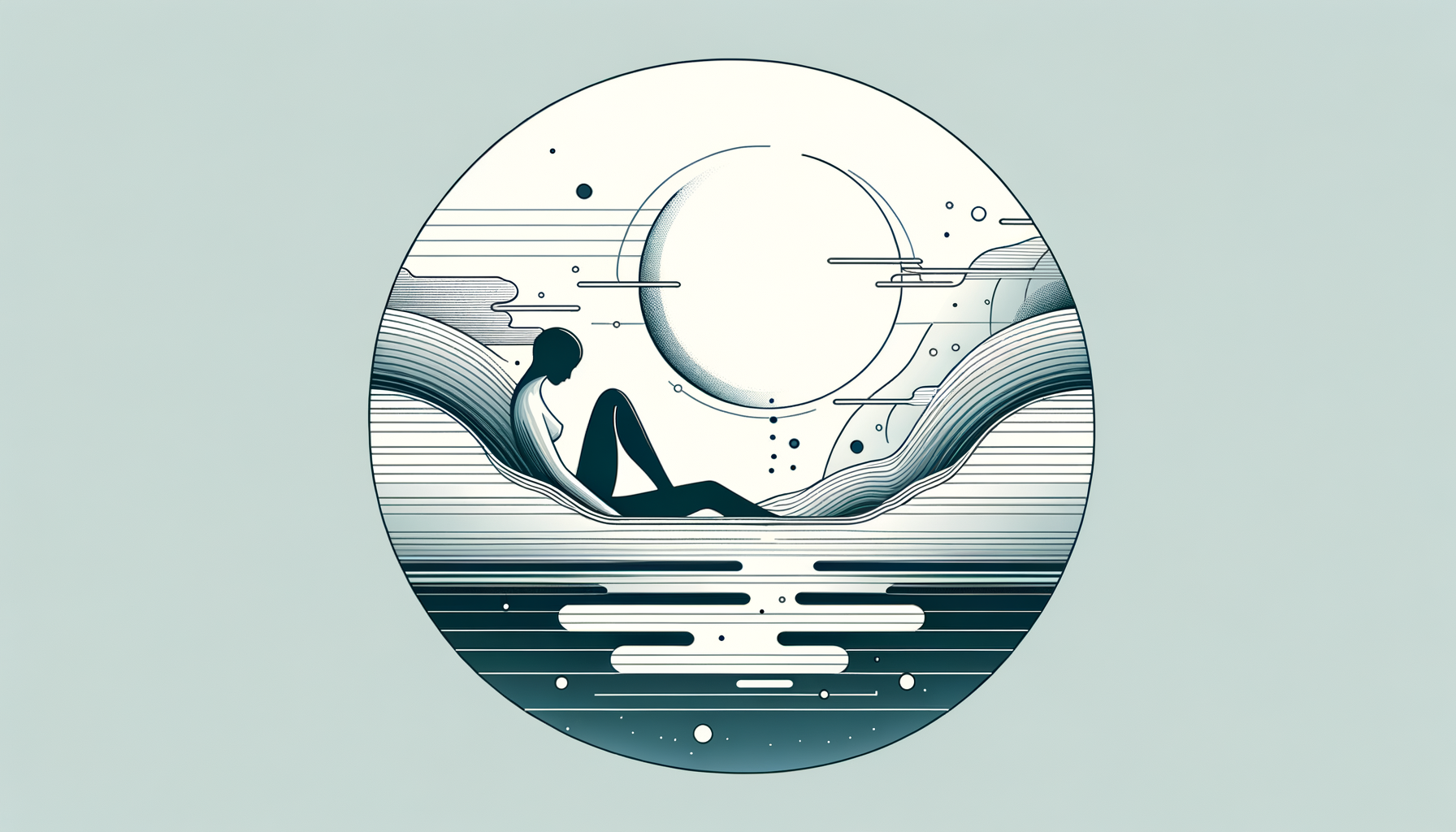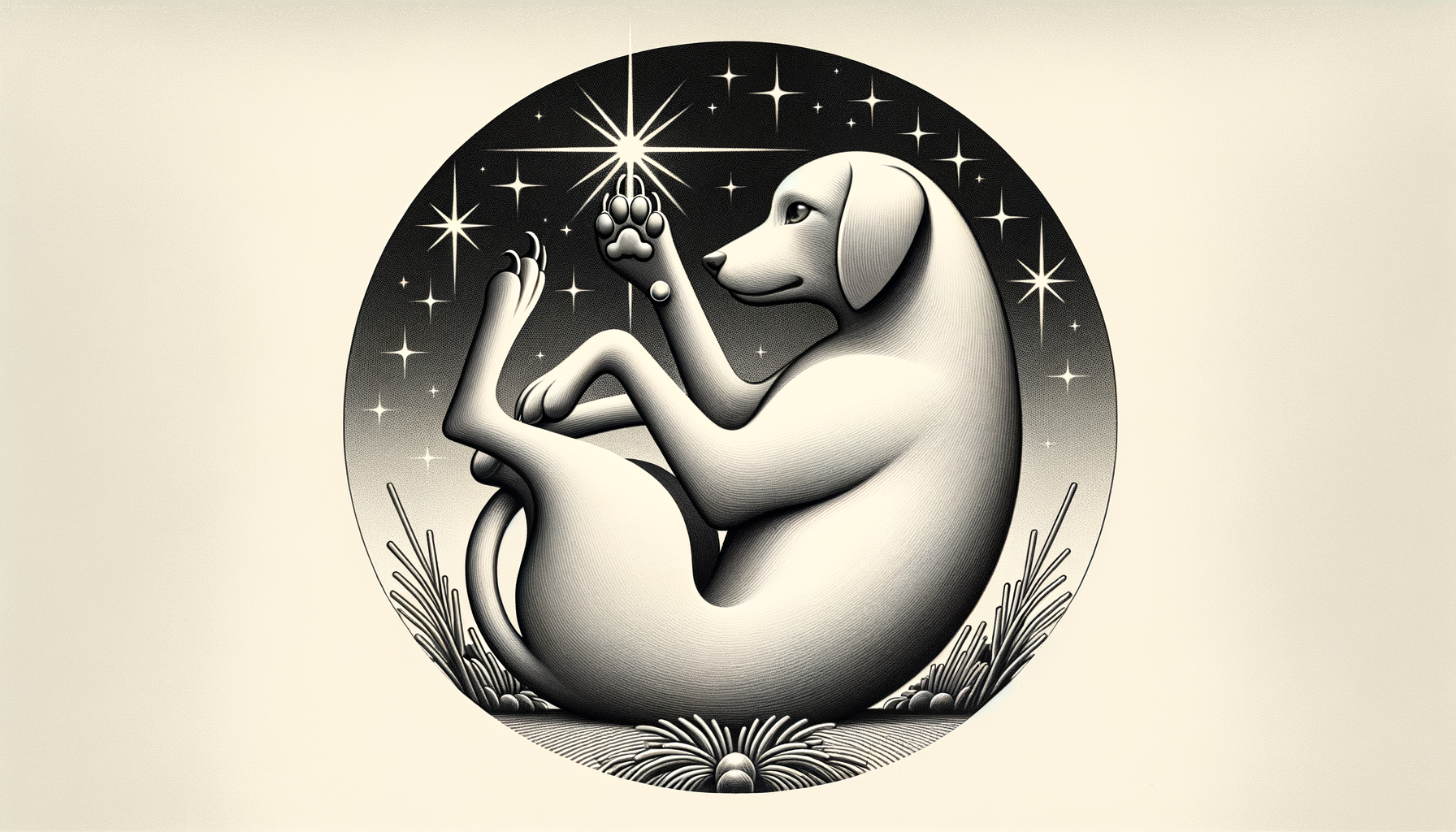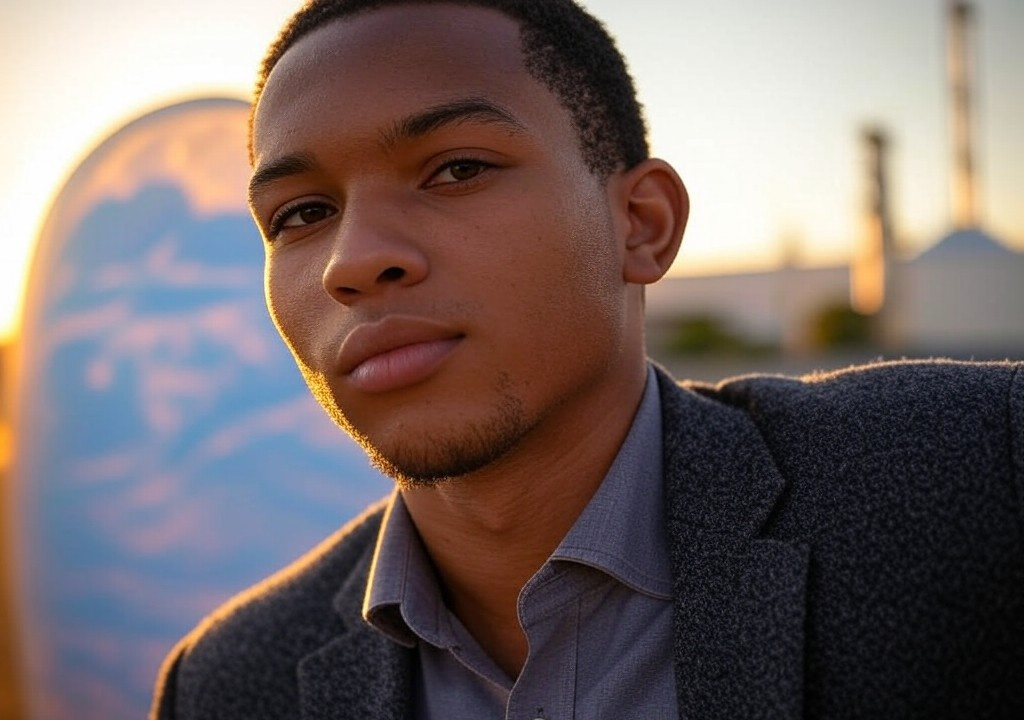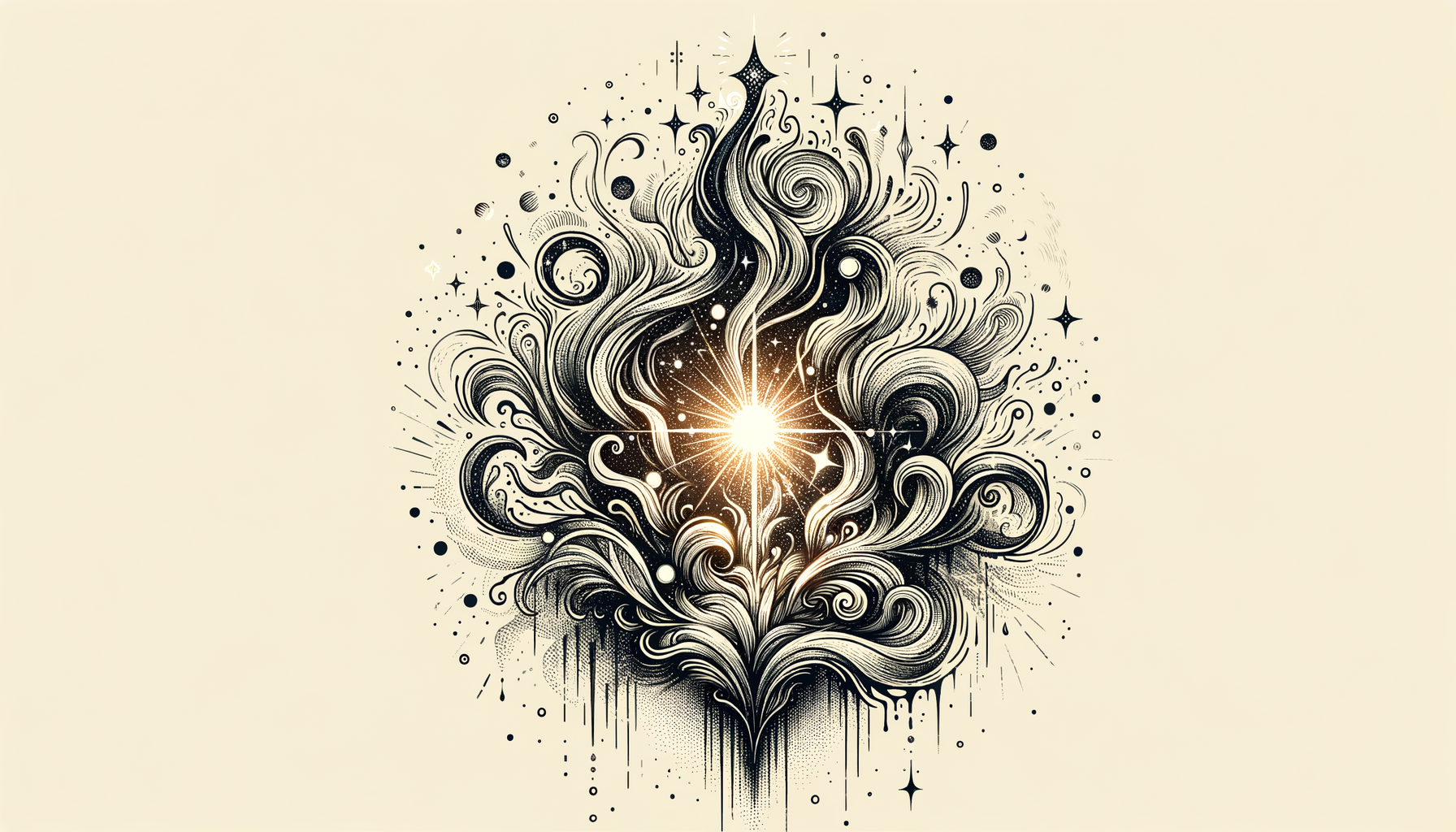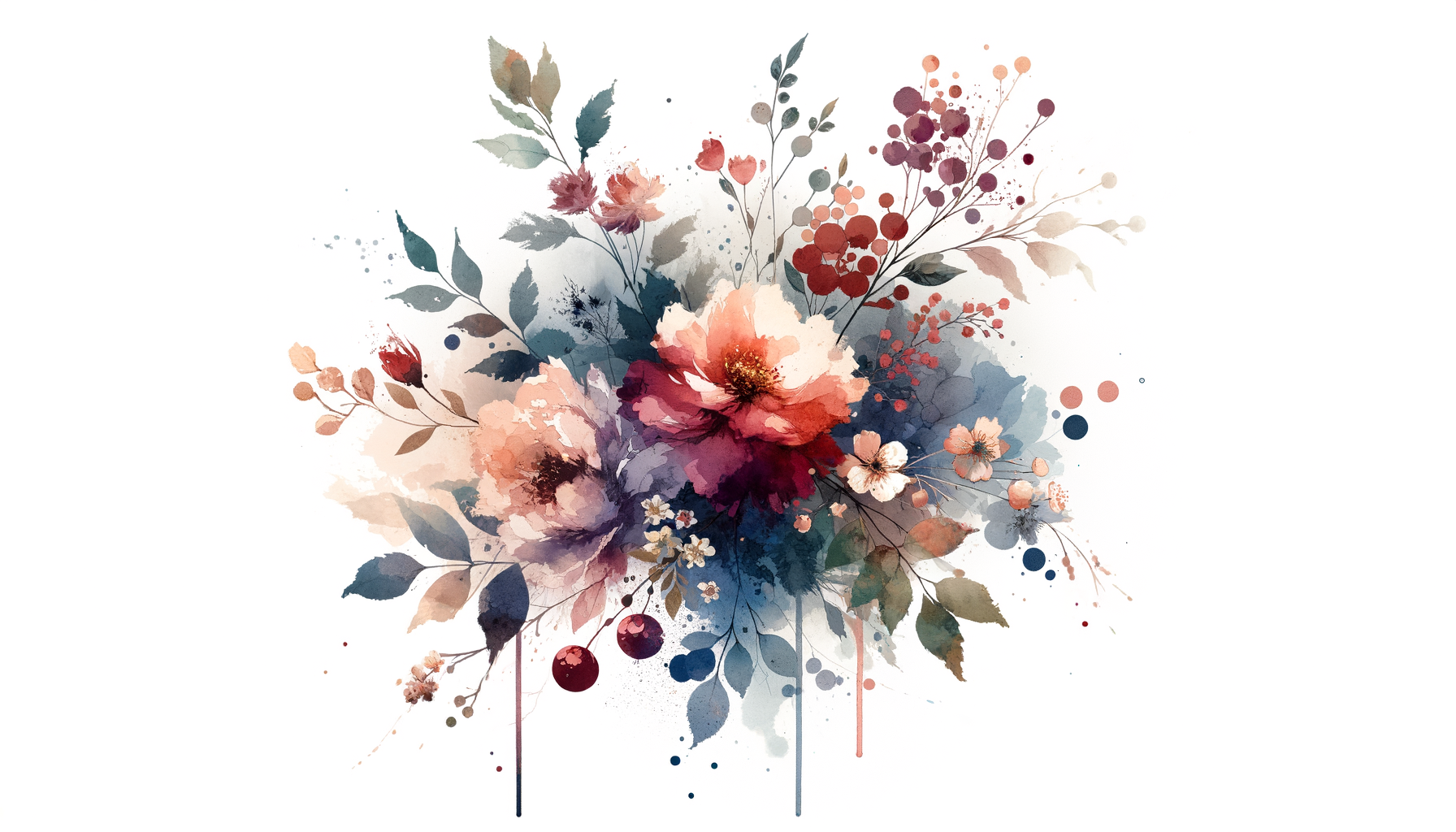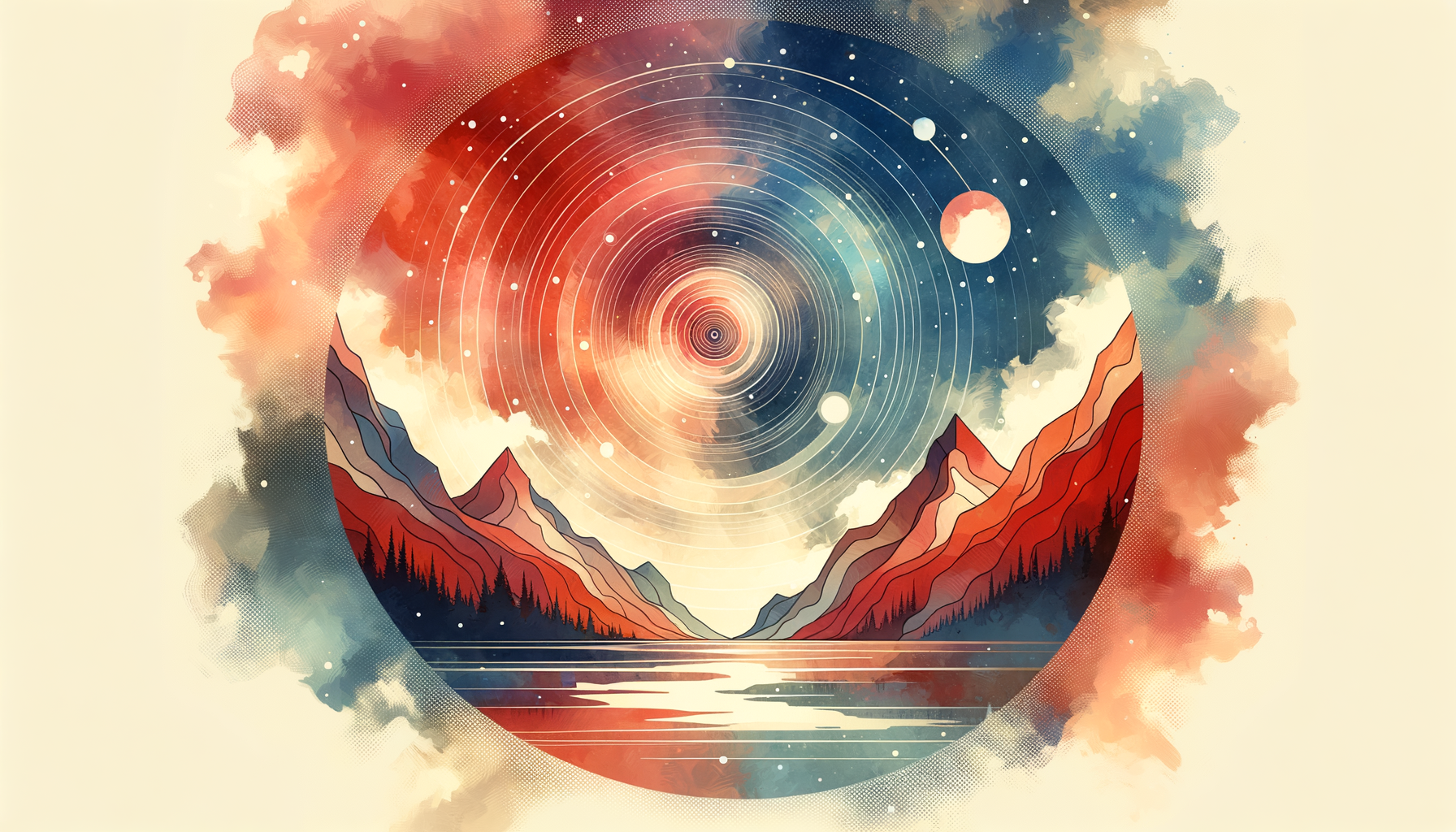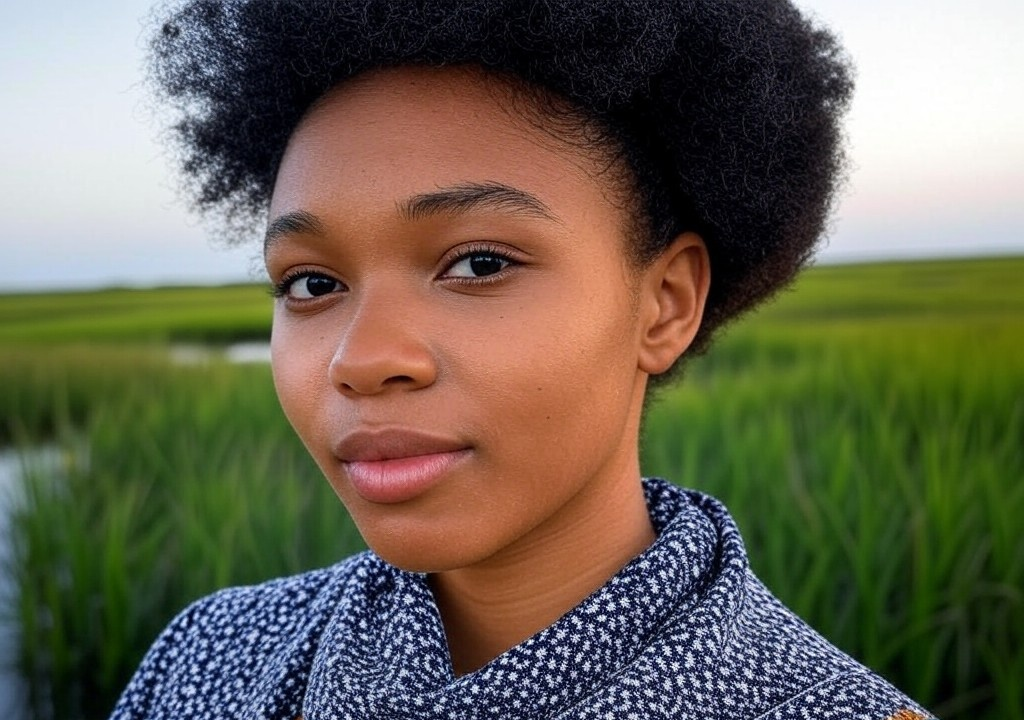Living Between Worlds
Somewhere Between Turquoise and Neon
Where are you from?” It’s the question I’ve come to love—and hate. Growing up just outside Santa Fe, my world was a wash of desert hues: sienna cliffs punctuated with turquoise skies, adobe walls, and piñon fires that scented the crisp mountain air. This was home. But let me tell you, “home” gets complicated when you’re swiping a bronzer brush over your cheeks to look less like a ghost while trying to blend into the glossy, big-city culture of, say, Denver or even dating in New York City. (Yes, I’ve dated in both.)
Navigating cultural or personal dualities is like playing Jenga with two sets of blocks—stacking expectations from one world on top of the curiosities from another, hoping it doesn’t all come crashing down. It’s something I’ve wrestled with in my art, my relationships, and definitely during the awkward first-date tango of “So, what’s your story?”
If you’re nodding along, here’s the good news: living between worlds doesn’t have to feel like being lost at a depersonalized airport layover. It can actually be where your best self shows up. Let me take you through the journeys I’ve stumbled through—and what they’ve taught me.
Rooted, Yet Restless
Here’s one thing about Santa Fe: it’s a place that’s easy to fall in love with, but hard to break away from. Growing up surrounded by Native American and Hispanic traditions, I learned that identity is often tied to place—corn dances and Zozobra burnings anchoring us to centuries of geography and culture. But it’s also impossible to ignore the romanticized elite who jet in, drop cash on a Navajo rug, and leave with a vacation tan.
When I left for college (all of three counties away) and later moved briefly to sprawling cities with skyscrapers and traffic jams, something funny happened. My “home” identity became my calling card. “Tell me more about this magical spice blend… green and red chile, was it? Why are you so good at thrifting? Wait, people actually eat fried dough topped with honey?”
New Mexicans like me are wired to wear our heritage on our sleeve. That’s beautiful until you realize it’s easy to become a silent billboard rather than an active narrator in your life story. Leaving home taught me something essential: the things about me that felt “different” didn’t need to be boxed up as artifacts. They could be conversation openers to bridge divides.
Takeaway: Dive into the things that ground you. Don’t downplay your quirks—embrace them as the thing that sets you apart. The sooner you lean into the parts of you that feel “too niche,” the more magnetic you become.
Dualities in Dating: Salsa Dancing and Van Gogh
Here’s the thing about relationships when you’re living a dual-woven identity: they’re messy (and not the good kind of messy like watching the sopaipilla honey drip down your fingers). When I dated someone in Santa Fe, sure, we spoke the same language—literally and culturally. They understood my habit of slipping into Española Valley Spanglish mid-sentence or why Santa Fe shuts down during Indian Market. But we also grew into what I call “hyper-hybridity fatigue.” I stopped sharing my painting process because they could predict all the influences before I explained them. Too much overlap, not enough spark.
Then came the opposite problem when I dated someone from entirely outside my cultural world. (Hello, friends who thought Georgia O’Keeffe was “just that flower painter lady.”) There’s a push-pull dynamic that plays out when the worlds you inhabit seem far-flung. I once brought a guy to a flamenco performance and watched him squirm as though he’d gone an hour into his CrossFit session. “This is cool, but, wow, it’s loud,” he said after several long seconds of hand-clapping confusion.
Here’s the lesson: when dating cross-culturally, stumbling blocks often stem not from ignorance but perspective blinders. The way you see your “normal” isn’t how someone else sees it. The key is this: don’t only share experiences; contextualize them. Instead of resenting your partner for their cluelessness about your world, become their guide. And—on the flip side—treat their universe with the same curiosity you hope for.
Practical Tips:
- On dates, ask questions that dig into core “why”s—why food, music, or practices came to mean what they do for each other.
- Share your cultural quirks with enthusiasm, but in bite-sized pieces. Maybe save the entire family reunion tamale-making for the third date instead of the first.
- Pay attention to soft sighs or visible discomfort. They aren’t deal-breakers, but they’re clues about how you might widen bridges or acknowledge gaps.
The Power of Context Switches
One of the biggest lessons of my career—to go from being an artist writing about art to crafting my own narratives—is how switching contexts can ignite passion. At first, the jump felt like failure. My community of young artists in Santa Fe knew nothing about polished LinkedIn profiles or elevator pitches; they leaned toward intuition rather than marketing. But when I moved into writing for wider audiences, new doors opened.
Instead of seeing these polarities as contradictions, I now think of them as pairings. You don’t unlearn the richness of your roots; you fold it into the next stage of your story. Much like the way you blend small pigments in a painting, one element highlights the vibrancy of the other.
Our personal and professional shifts are like relationships themselves: full of learning curves with heartbreaking tweaks to what you thought was your “safe” rhythm. But when you embrace fluidity, you also discover hidden skills and truths about yourself.
Embrace the Friction, Rewrite the Script
Living between cultures, identities, or professional worlds—and dating within that tightrope—isn’t about choosing one over the other; it’s about finding balance. You’d think the universe would hand you a manual when two worlds collide, but the truth is, you’re the one writing it. What’s hard today may feel seamless down the line, and you have more power to grow, adapt, and play interpreter than you might think.
So, next time someone asks you, “Where are you from?” take a beat, smile, and answer however you want. The best part about living between two (or more) worlds? You’re not just occupying the space; you’re crafting the connections that matter.
Your Journey in Centuries, Seconds, and Everything In Between
Whether you’re salsa dancing under Spanish-market stars or explaining your grandmother’s sopapilla recipe to someone who grew up thinking Taco Bell was cutting-edge cuisine, your dualities are your superpower. Stay curious in your connections, laugh at the absurdities where cultures clash (trust me, it’s better than arguing), and know that every story you tell brings people closer to knowing the real you.
From flirt to familiar, the goal isn’t to erase the friction—it’s to embrace it and use it to rewrite the script. You’re not alone in your balancing act, and each step will teach you new ways to love others and yourself.


